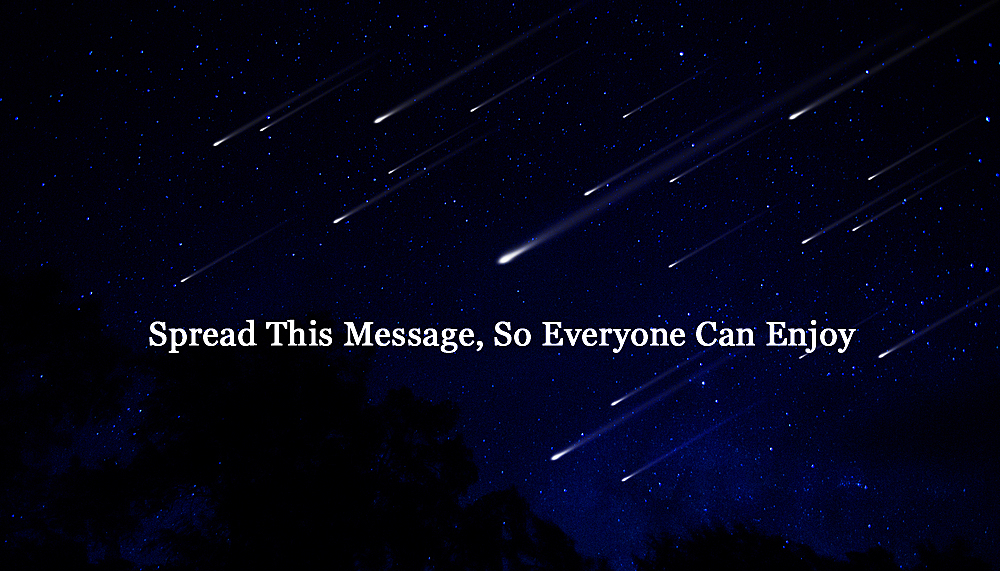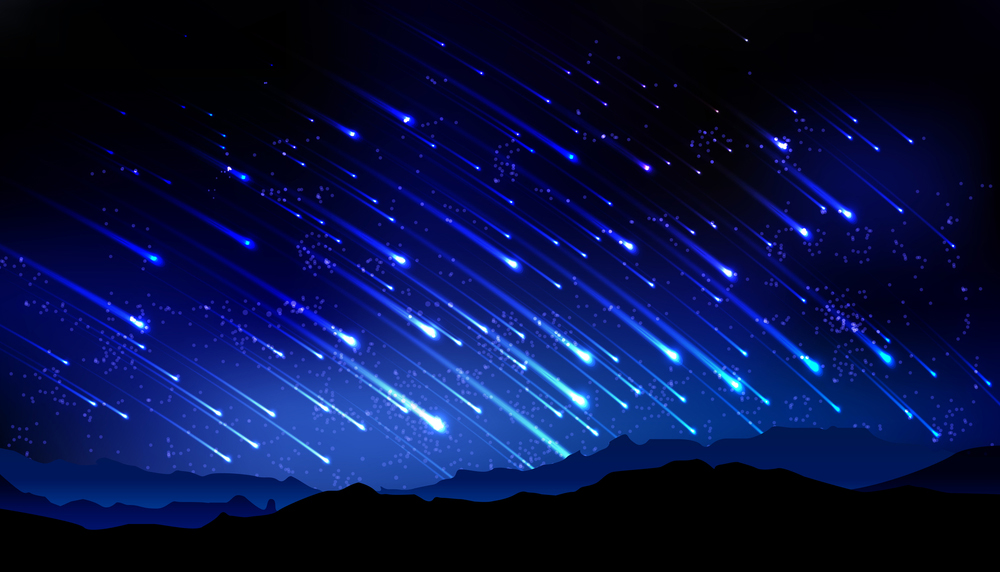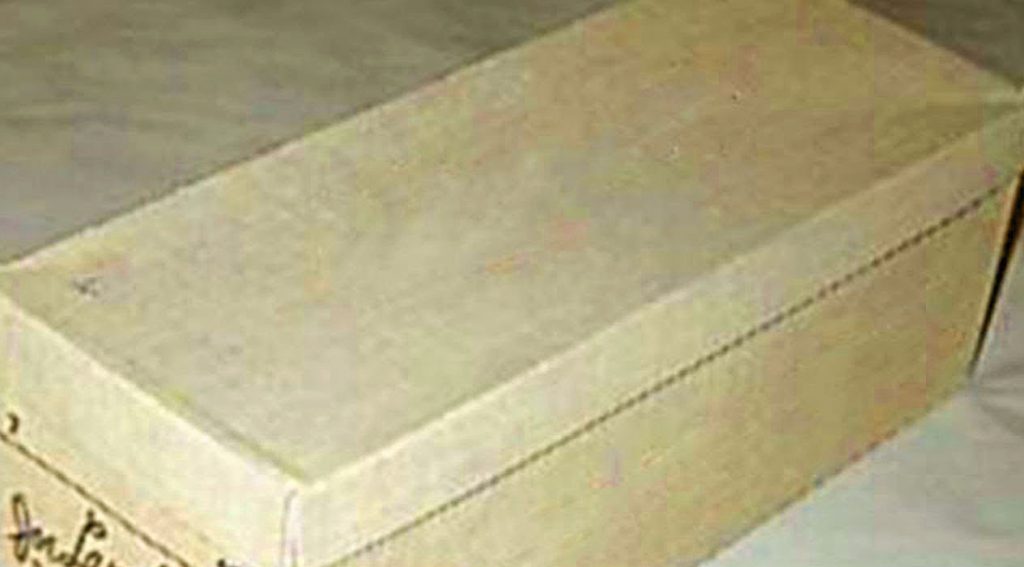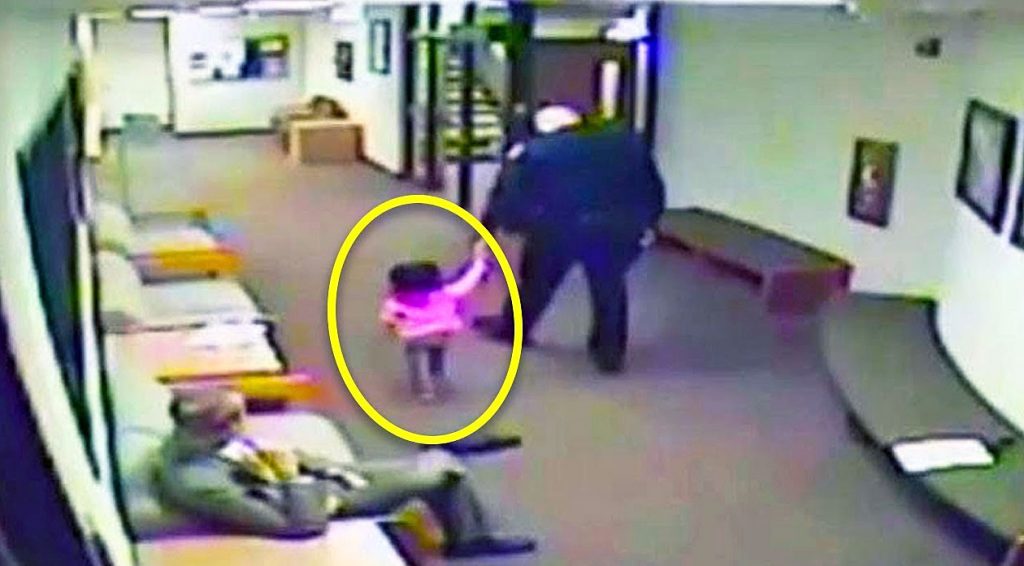How To Watch This The Stunning Orionid Meteor Showers When They Peak On October 20-21, 2016
Look up at the sky this coming Thursday and Friday because the Orionid meteor shower will be in full effect with shooting stars streaking across the heavens! The annual shower has been known to put on a spectacular light show in years past and it officially peaks on October 20-21st.
Ever since October 2nd our planet has been moving through the debris trail left by Halley’s Comet and on November 7th it finally exits it. All the shooting stars you see and make wishes on are actually teeny bits of rock and tiny pieces of ice which fell off the comet and burn up as they enter the Earth’s atmosphere. This year astronomers are predicting that anywhere from 15-20 meteors per hour will zip through the sky but there could very well be an unexpected burst of activity! We won’t know for sure until the time comes.
Speaking of time, the best times to view the Orionids are from midnight onward through the early morning darkness. Prime viewing hours are expected to fall between one and three a.m. which is well before the sun rises at dawn.
This meteor shower also happens to be visible from anywhere on Earth so it doesn’t matter where you live, you can simply tilt your head back to see them flash across the sky. While it’s best to look in the direction where the meteors come from, which is in the constellation Orion, many of us don’t know where or how to find it. Professional or advanced star gazers are advised to locate the super shiny bright star Betelgeuse, which is located in the constellation of Orion. For those less acquainted with the night sky, you can use your cell phone as a navigation tool by downloading an app that tells you exactly where it is in the universe. All you need to do is point your phone at the sky and it charts, identifies, and maps exactly what you’re looking at. There are a number of these astronomy apps available, including SkySafari and Star Walk, both are excellent and easy to use.
For optimal results, once you locate Orion look slightly away from it because the meteors closest to it will have short tails and thus appear fainter than the rest. You’ll also want to find a quiet, open spot away from any light pollution. The number one rule of star gazing is the darker the skies, the better the viewing!
Since the moon will be in a waning gibbous phase that evening, the light from it will definitely cause some interference with the shower. Be sure to check your local forecast as well but as long as the sky is clear you should be able to see some shooting stars. Check out the accompanying video for more information on the Orionids and mark your calendar so you don’t forget!
This meteor shower presents an awesome opportunity for you to gather up your loved ones, and don’t forget any pets, to get outside and do some sky gazing. Drink some apple cider, wine, or cocoa and make it a nice relaxing evening under the stars!
Spread This Message So Everyone Can Enjoy 🙂
The Perseid Meteor Shower Peaks August 12th and 13th and Is Predicted To Be The Best Ever
Look up at the sky tonight because the Perseid meteor shower will be lighting it up and putting on a truly spectacular show! The yearly annual shower reaches its peak on August 12-13th and astronomers are predicting that anywhere from 80 to upwards of 200 meteors per hour will streak across the heavens. This year promises to be busier than usual because they are in what is called “outburst” mode, meaning that meteor rates will be double that of their usual average.
The Perseids originate from the ancient comet 109P, aka Swift-Tuttle, and date back to having been first observed and discovered in as early as 37 AD (wiki). The comet left behind tiny pieces of dust and rock particles that enter into the Earth’s atmosphere at speeds of over 130,000 mph, causing them to burn up and disintegrate. This is what creates the beautiful streaks of light in the sky- tiny specks of dust!
The best times to view tonight’s shower are from midnight on through the early morning, before the sun comes up at dawn. Prime viewing hours are expected to fall in-between 1 and 4 a.m. You can simply look up to see the meteors flash across the sky and if you live in the Northern Hemisphere, look towards the constellation Perseus, where the meteors come from. Because many of us don’t know where or how to find it, here’s how to fix this issue; simply download a sky watching app for your phone which tells you exactly where it is in the sky. I use one called Star Walk and it works great, you simply point your phone at the sky and it identifies all the stars, planets, constellations, and other celestial bodies out there in space.
Also essential for the best viewing is lighting and the less light pollution, the better. Pick a nice open spot away from urban areas and city lights or trees and structures that limit your view. Since the moon is in a waxing gibbous phase, the light from it will interfere with the shower. However, moonset will be at around 1 a.m. and after that viewing will be better. While local forecasts may vary, so long as the sky is clear you should be able to see them!
Check out the accompanying VideoFromSpace clip that quickly goes over the Perseids and don’t forget to seize the opportunity to get outside and do some sky gazing!
Please SHARE This With Family and Friends So Everyone Can Enjoy 🙂






